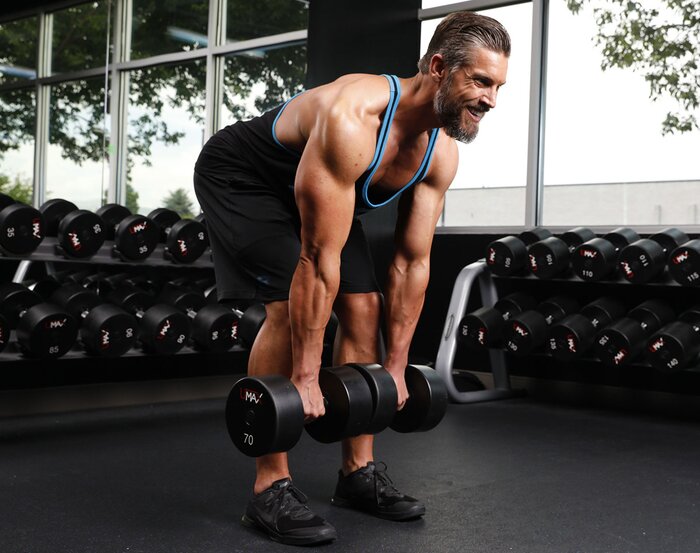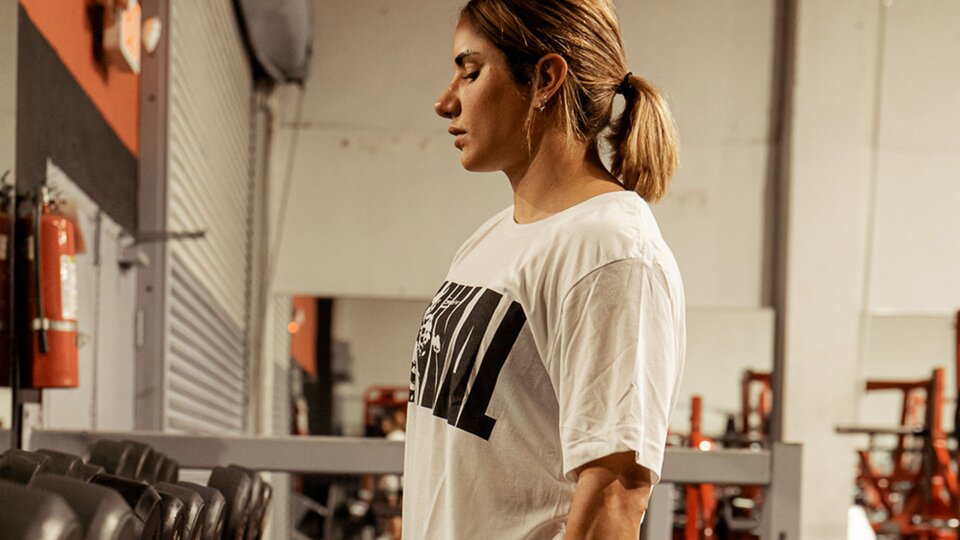Are Isolation Movements Better for Muscle Growth? | Which Comes First: Strength or Hypertrophy? | Do I Need Rest Days? | Overtraining vs. Overreaching | How to Balance Volume and Intensity | The Power of Autoregulation
To isolate or not to isolate? Like many contentious issues in the gym, camps were formed, tents were pitched, and trenches were dug. Some clung to isolation work and feeling a good pump. Others demonized biceps curls or any form of exercise that didn’t leave you gasping for air.
Lifters who shun single-joint, isolated movements tend to prefer—and nearly worship—the more “functional” compound movements. (Looking at you, CrossFit.)
Others isolate to ”avoid injuries,” or they use single body-part splits to maximize ”time under tension.” This is the trap of the physique athlete, who will ”spot train” lagging muscle groups in pursuit of the perfect physique.
The question is: Which camp is right? And are certain exercises a waste of time when it comes to muscle growth?
Compound Movements
Compound movements, also known as multijoint movements, are effective and efficient and include staple gym exercises such as the squat, bench press, deadlift, and row.
It is clear that most compound movements found in strength programs build mass, improve body composition, and most directly improve absolute strength.
The thing is, compound movements also create more central fatigue, meaning that the brain triggers task failure at the end of the set before the target muscle fibers are exhausted. This, in turn, lowers the amount of stress you can apply to target muscles during a certain session.
What does this mean for muscle growth? It means you might not be able to fully exhaust certain muscle fibers in your training session using compound movements.

Isolation Movements
Single-joint or isolation movements, on the other hand, create less central fatigue during a set. This means that with all else being equal, you can get more muscle activation, more tension on all fibers, and more peripheral fatigue each set for a given target muscle.
What’s the downside? Isolation movements only work one muscle at a time, making them less efficient in terms of total time spent training.
Calibrated supplements to help you hit your muscle-building goals!
Which is Better for Maximum Muscle Growth?
Before we make a final determination, let’s take a closer look at what is required to maximize muscle growth. Maximal hypertrophy (muscle growth) requires:
-
Experimentation: Each individual must find what works best for your unique anatomy.
-
Balancing adaptations: Staying in that ideal hypertrophy range between strength and muscle endurance by using a wide variety of rep ranges.
-
Managing fatigue: Allowing for adequate recovery so you can optimize training volume for the target muscle group without overtraining.
You also can’t change the size of a muscle that you can’t fully ”reach,” which means you need to have the capacity to impart mechanical stress throughout the muscle’s entire range of motion. It’s also important to note that research has shown that multijoint exercises and single-joint exercises are equally effective at building muscle strength and size.
By sticking to only multijoint movements or only single-joint movements, you’re going to miss out on hitting those muscles from all angles, which, when combined with progressive overload, is your surefire way to stimulate growth. This means an ideal muscle-building or hypertrophy program shouldn’t rely on just one type of exercise or the other.
With these fundamental concepts in mind, we should all be able to put our biases to the side and acknowledge that a balanced training program should include a mix of both isolation and compound movements.
You should also take your other goals into consideration. If you’re interested in strength-building and efficiency, keep compound movements as the focus of your efforts with isolation work added in to maximize your results. If your goal is purely aesthetics, then you need to use isolation movements to directly work specific muscle groups, but keep a few compound exercises to get more muscle activation and promote growth.
